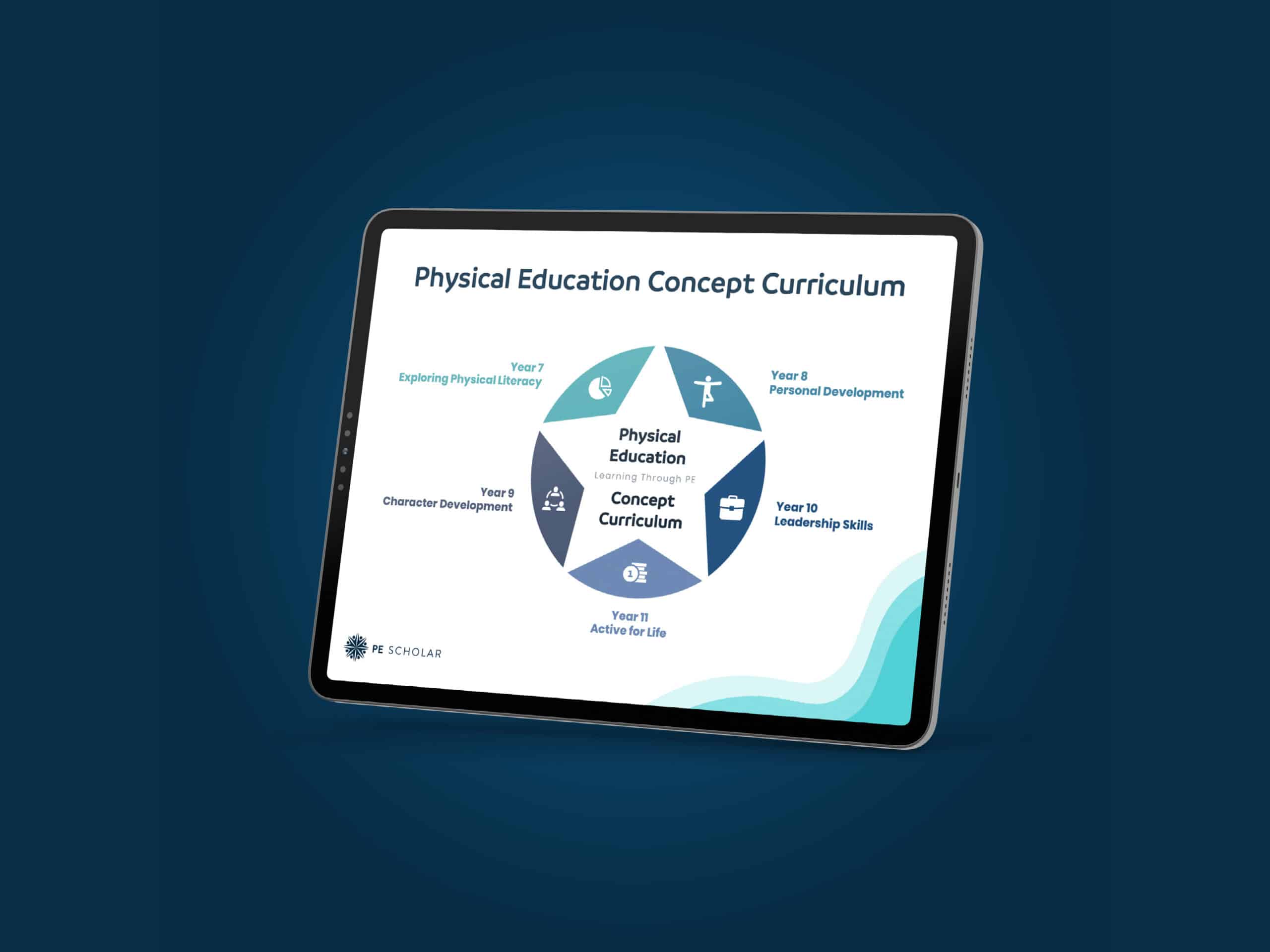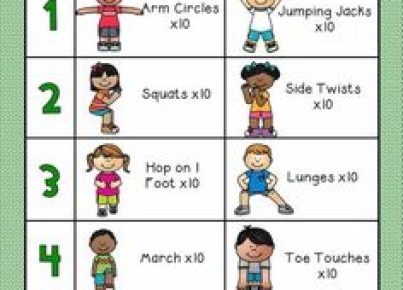Introduction: The landscape of physical education (PE) in secondary schools is changing, thanks to the introduction of a new PE curriculum. This transformation aims to provide better opportunities for students to develop their physical skills, emotional well-being, and cognitive understanding. To help educators adapt to this change, this article will discuss the key concepts underpinning the new secondary PE curriculum.
1. Holistic Development
The new PE curriculum focuses on nurturing well-rounded individuals by emphasizing three essential domains: physical, cognitive, and affective. Educators aim to improve students’ fitness levels, enhance their understanding of PE concepts, and cultivate positive attitudes and values such as sportsmanship and teamwork.
2. Inclusive Learning Environment
The updated curriculum designs activities that cater to students’ diverse needs and abilities. It encourages flexibility in teaching methods so that all students can access engaging and challenging learning experiences. This approach allows every student to participate actively and confidently in the various activities offered in PE classes.
3. Skill Acquisition and Mastery
Skill acquisition lies at the heart of the new PE curriculum. Students learn fundamental movement skills (FMS) appropriate for their age group and developmental level. Mastery of FMS in early adolescence paves the way for specialization in specific sports or activities later on. Activities that allow gradual progression towards competency are critical for sustained engagement and long-term effectiveness.
4. Interpersonal Skills and Teamwork
The revised curriculum fosters the development of interpersonal skills by placing a strong emphasis on group activities. By working together during games or projects, students learn valuable life skills such as communication, collaboration, problem-solving, and leadership techniques which contribute to their overall development.
5. Health Promotion
Educating young people about health issues is paramount in today’s sedimentary society. The new PE curriculum includes lessons about proper nutrition, mental well-being, fitness principles and identifying risky behaviors such as substance abuse and excessive screen time. These lessons aim to instill lifelong habits and empower students to make informed decisions regarding their health and well-being.
6. Assessment and Evaluation
To ensure that the objectives of the new PE curriculum are met, it utilizes both formative and summative assessment techniques. Assessments will be competency-based, considering each student’s physical ability, cognitive understanding, and affective development. This data allows educators to identify students’ strengths and weaknesses and tailor their instruction accordingly.
Conclusion: The new secondary PE curriculum addresses contemporary concerns about health, fitness, mental well-being, and social development in today’s youth. Its focus on holistic development, inclusive learning environments, skill acquisition, teamwork, health-promotion, and effective assessment methods aims to create well-rounded individuals prepared for lifelong engagement in physical activity. As schools adopt this updated curriculum, educators must adapt their teaching practices to align with these key concepts for lasting positive impacts on the young generation.





